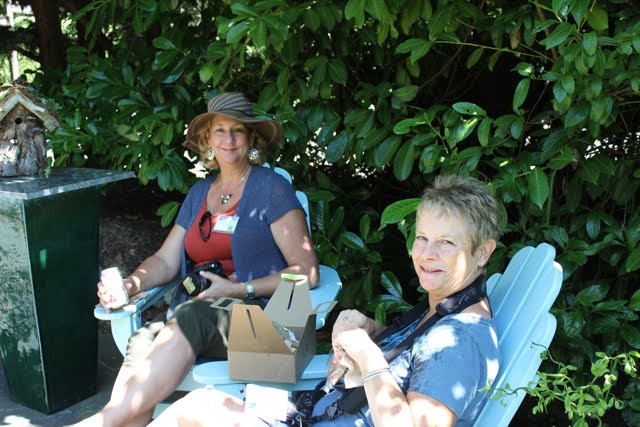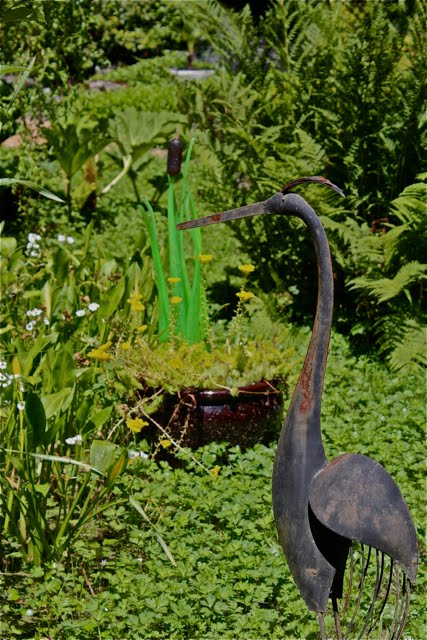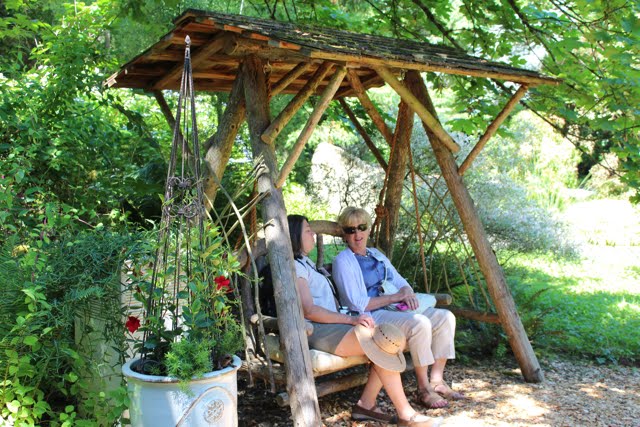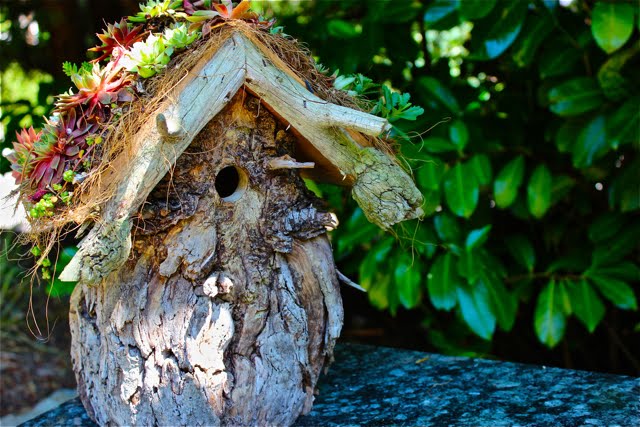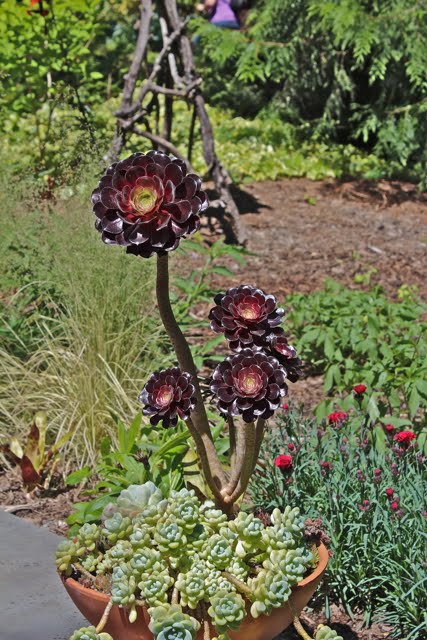Wildfires torching Texas
For several days, Central Texas has been ablaze with 63 wildfires. More than 100,000 acres have burned and almost 500 families have lost their homes. A mother and her young baby lost their lives in one of the fires. Many more have been evacuated and are facing the heart-wrenching ordeal of not knowing what’s happening to their homes. Brave efforts have also been undertaken to protect pets and livestock.
Texas has put out a call for any firefighters from outside of Central Texas – current or retired– to help battle these blazes. FEMA will be here tomorrow to help in any way they can.
The Central Texas Red Cross has set up a fund to help these devastated families bridge this time in shelters and help them as they pick up the pieces.
If you’d like to help, you can donate to the Red Cross. (Blogger doesn’t seem to want to create this link, so please copy and paste in your browser if the link doesn’t work.)
http://bit.ly/pMgHDE
We’re all watching and anxiously waiting for the winds to slow down and quit fueling these wildfires. We are 15 minutes away from one of the fires and safe, but clearly smell the smoke outside.
Our thoughts and prayers are with all those who are affected by this devastation. Please help if you can.







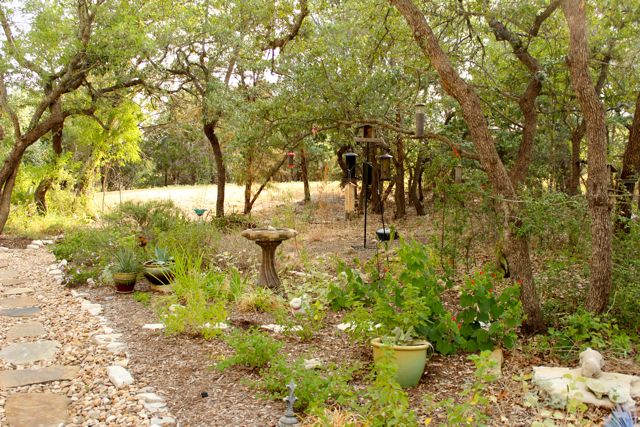

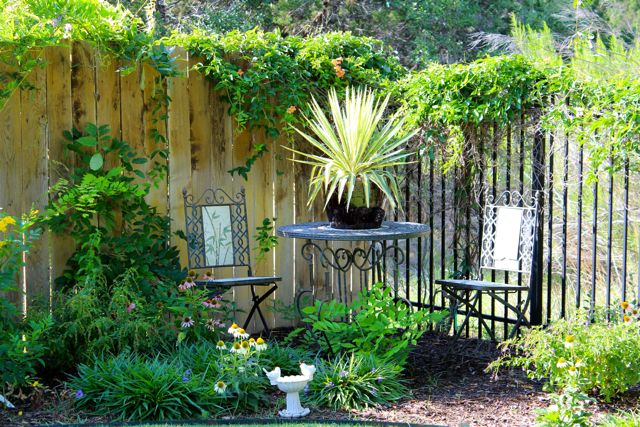
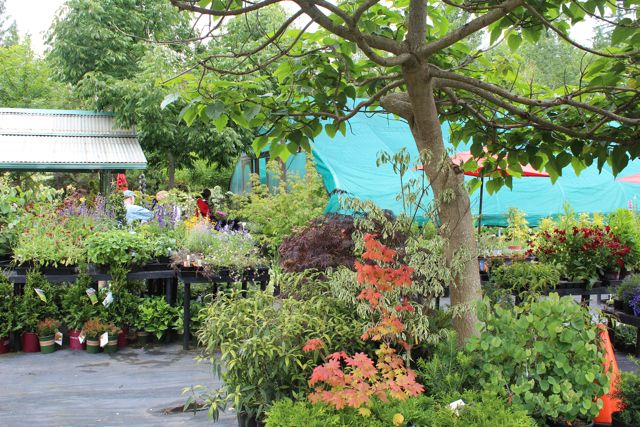
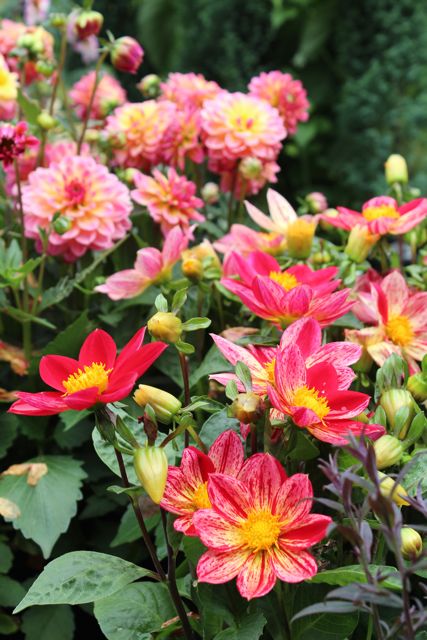
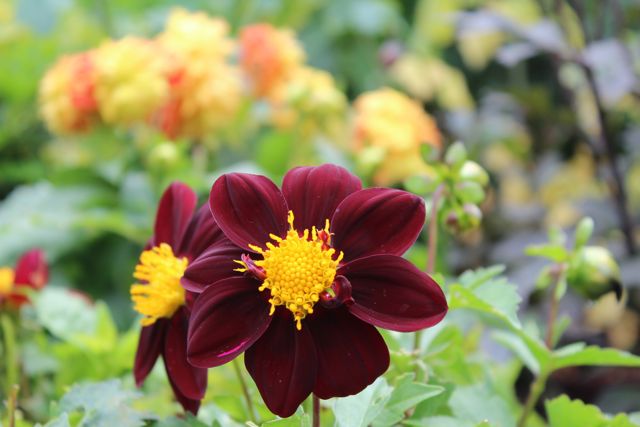
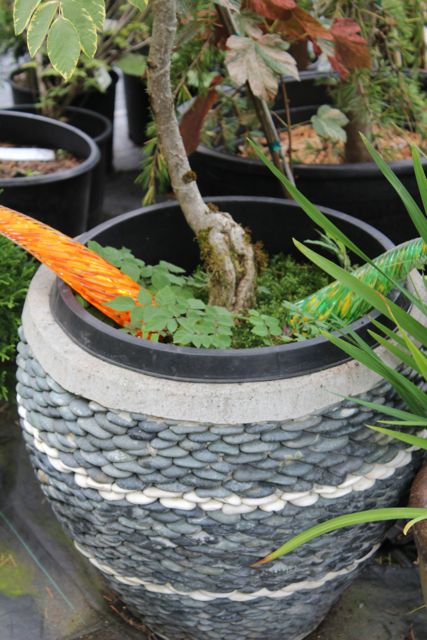
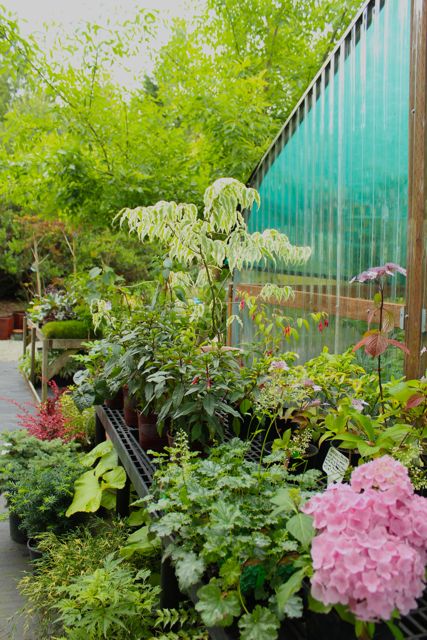
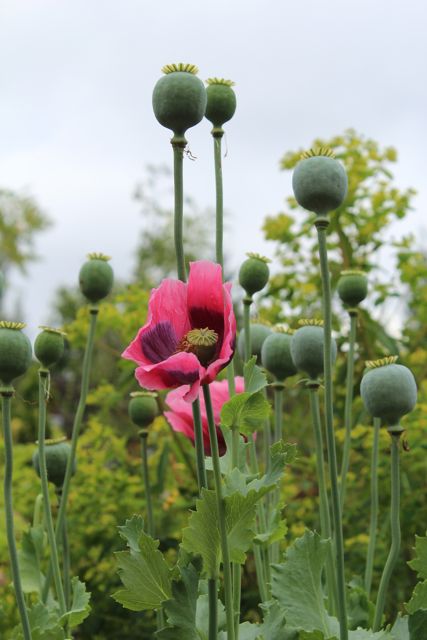
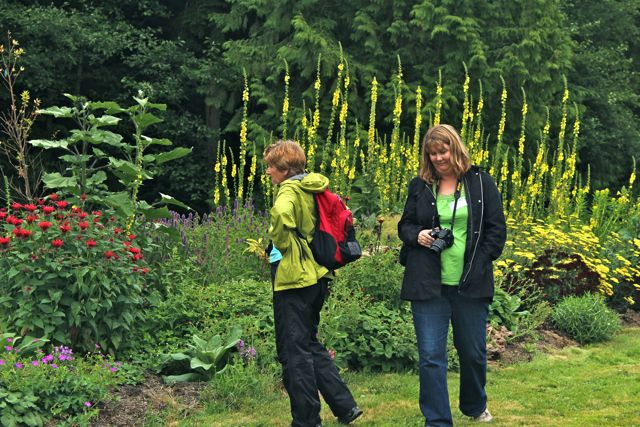
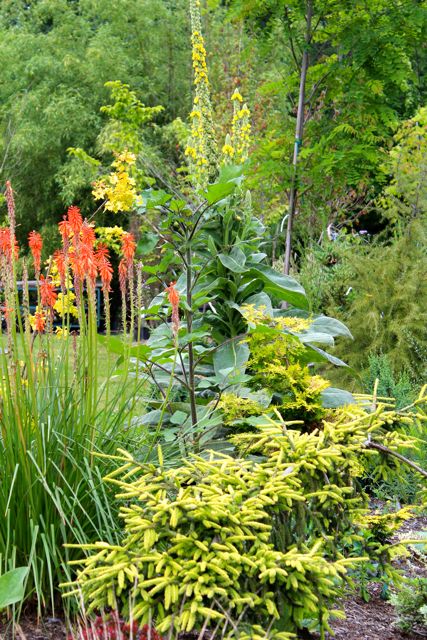
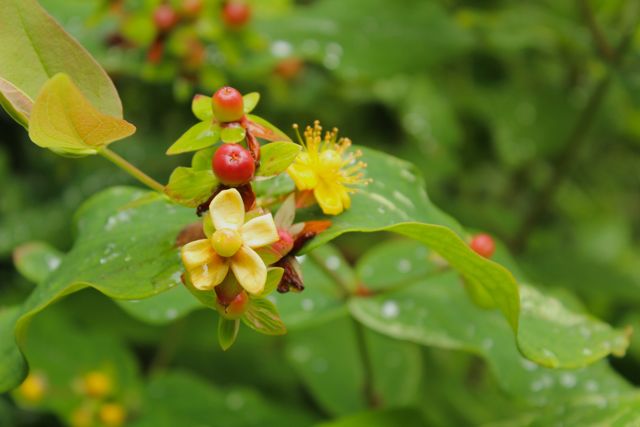
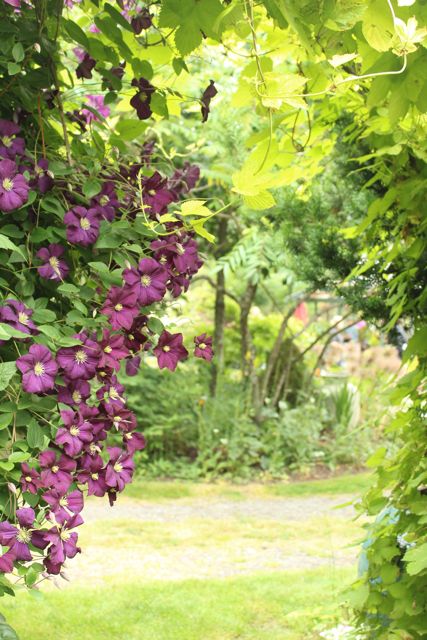
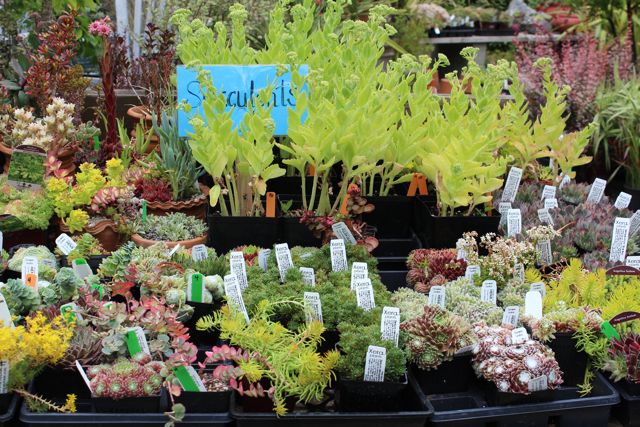

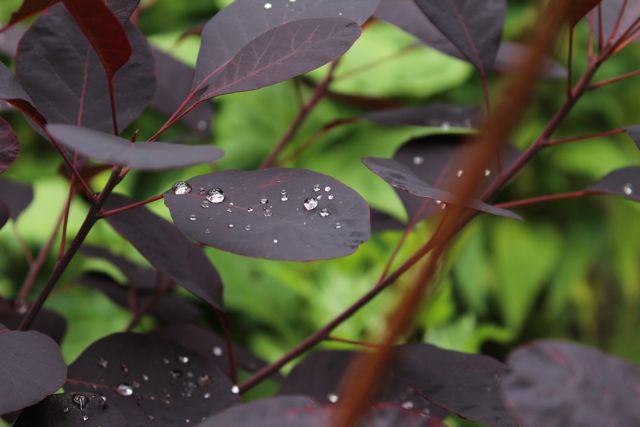
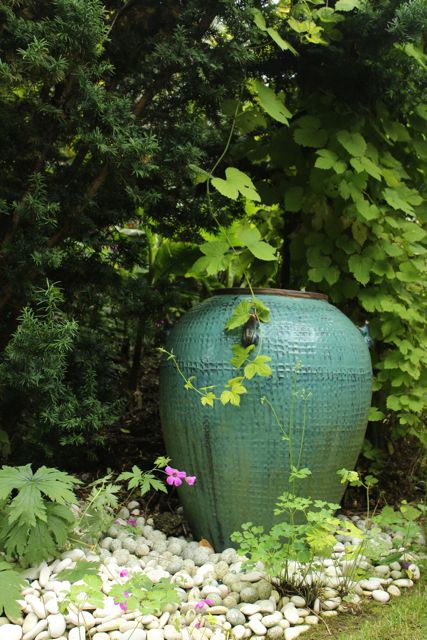
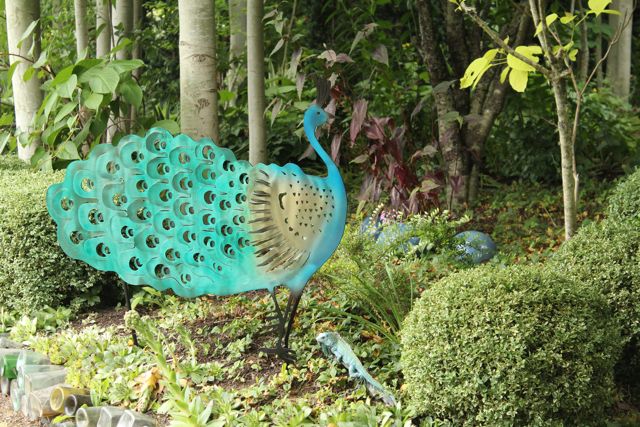


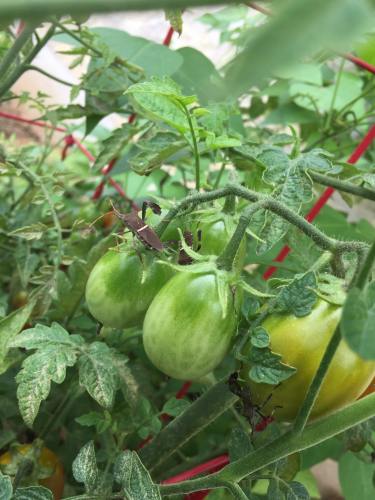 Most of the time I think of my garden as a peaceful place, full of beautiful flowers and fresh, juicy vegetables. Sounds nice, doesn’t it? But there are also days when it seems as though my garden is a war zone. Like other gardeners, I’m fighting battles on many different fronts – there’s the heat, the drought, the weeds…and last but not least, pests. There are many beneficial insects that help protect and pollinate our plants. But there are also plenty of insects can plague a garden and turn gardeners sour. There are approximately a million known different kinds of living insects. Thank goodness less than 100,000 live in the United States, and approximately one-third of those can be found in Texas.
Most of the time I think of my garden as a peaceful place, full of beautiful flowers and fresh, juicy vegetables. Sounds nice, doesn’t it? But there are also days when it seems as though my garden is a war zone. Like other gardeners, I’m fighting battles on many different fronts – there’s the heat, the drought, the weeds…and last but not least, pests. There are many beneficial insects that help protect and pollinate our plants. But there are also plenty of insects can plague a garden and turn gardeners sour. There are approximately a million known different kinds of living insects. Thank goodness less than 100,000 live in the United States, and approximately one-third of those can be found in Texas.
